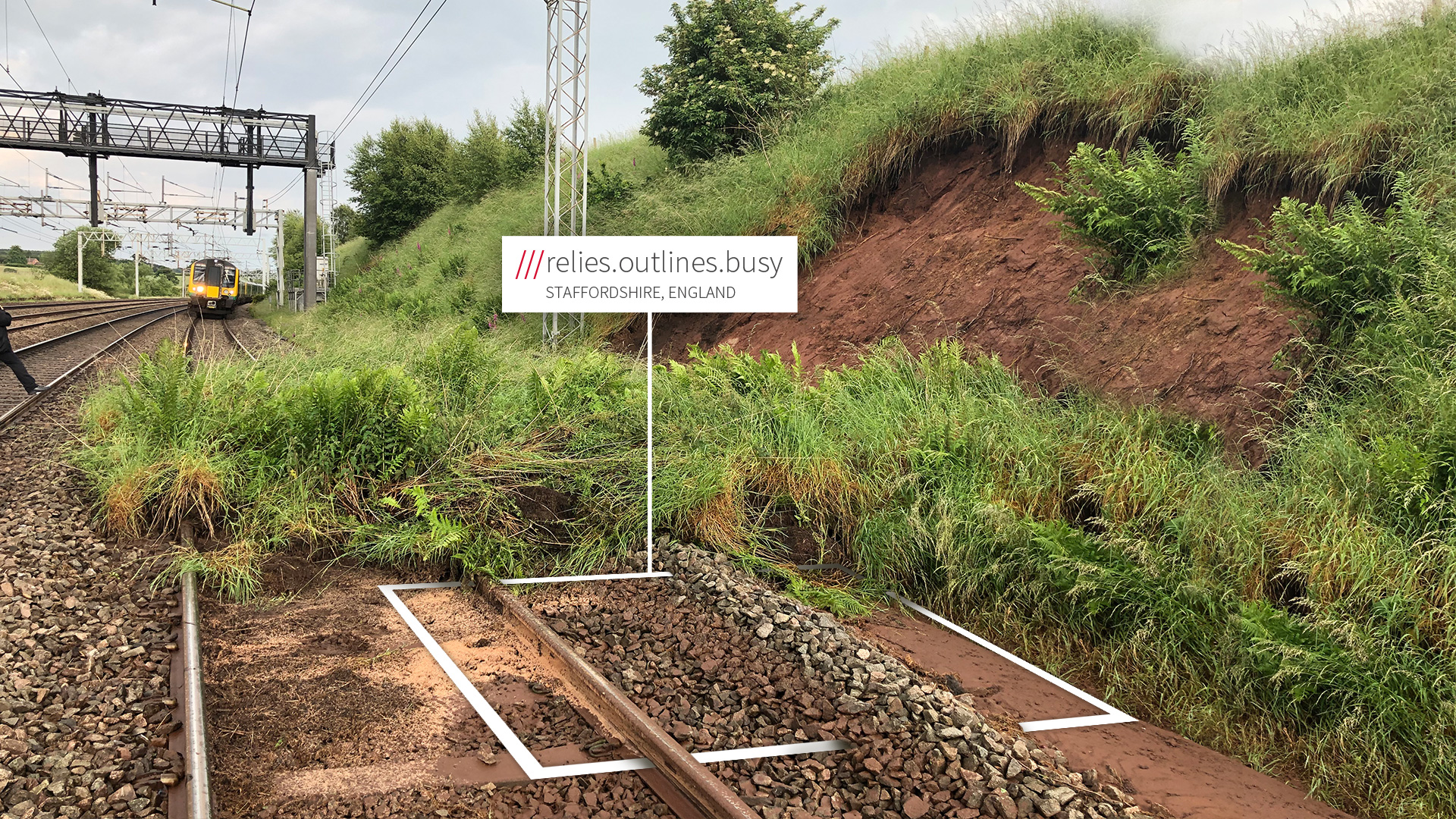
Network Rail is using what3words to boost safety and efficiency
Network Rail is using what3words to help its workforce efficiently communicate the precise locations of assets and sites.
Network Rail owns, operates and develops the UK’s railway infrastructure. However, many of its assets and equipment are on unnamed roads, or in remote rural areas. Its network includes over 20,000 miles of tracks, 30,000 bridges, tunnels and viaducts and thousands of level crossings and stations. This means it can be difficult for teams to find worksites or describe exactly where they are if an incident occurs, which costs the organisation time and resources and compromises employee safety.
As a solution, Network Rail is using what3words in several ways across its business, including:
GIS
Network Rail is undertaking an exercise to improve its geospatial data for more than 35,000 points of access onto the railway, and are incorporating what3words into this as a way of enabling personnel to easily search for and navigate to these locations.
Helping emergency services
To enable a faster response, Network Rail shares incidents’ what3words addresses with emergency services. The organisation also plans to make its dataset of what3words addresses for access points available to local emergency services, helping them to reduce the time taken to get to incidents on the railway.
Public incident reporting
Network Rail has trained its contact centre staff to accept and respond to what3words addresses being given by the public to report more accurate locations of incidents along its network.
Health and safety
To improve health and safety practices, Network Rail has added the what3words app to all Network Rail staff mobiles (approximately 38,000 devices) so that staff can report their location quickly and accurately if they need help. This is particularly important for those working alone and at remote sites.
Breakdown assistance
Network Rail’s road fleet, consisting of over 9,000 vehicles, can use what3words to request breakdown assistance more easily from the RAC and the AA. ‘In the event of a breakdown, drivers will hopefully feel safer knowing that the recovery service can locate them quickly, even when working in remote or unfamiliar locations’ said Austin Paul, Business Manager, Network RailRoad Fleet.
Network Rail used our API to add what3words to its GIS software for effective incident reporting and asset management. To learn more about the benefits of adding what3words to your GIS and how to get started, click here .



